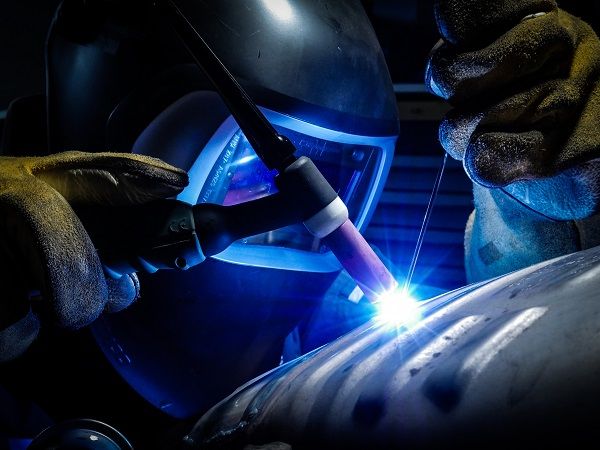How to Deliver a Successful Security Scheme

With installation playing such a vital role in the overall success of a security scheme it begs the question, what makes for a successful project? With our long history in civil expertise and project management, we are acutely aware of what separates a great security scheme from a bad one as well as the common challenges that clients face. In this blog post, we would like to share some of the key things we have learned over the years.
Here are five tips for delivering a successful security scheme:
1. Transparency is key
When it comes to specification-driven projects it is important that you do not simply apply the same approach to every job without any real consideration for the project as a whole. When you get into design and project management, it is key to raise any concerns early. From our own experience, it’s crucial to have that clarity from day one.
By raising project concerns and asking questions at such an early stage you can provide clients with an opportunity to save money and ensure that the best scheme is being delivered. It is better to flush out concerns ahead of time rather than reaching the end and realising that a small problem has become a lot more costly.
2. Time is of the essence
One of the biggest elements of a successful project is being able to deliver the program on time. Each delay, however small can have a knock-on effect. That is why it is so important that communication between the various parties is managed well.
We are in a unique position where we can pull in expertise from across the HS Security Division to assist with discussions, this means time is not wasted waiting on responses. Not all contractors or installation companies will necessarily have that resource available, and when a project needs to be delivered to a tight deadline delays can be a major issue.
Also, make sure to communicate regularly not just with clients, but also suppliers. You never want to find yourself in a situation where you have agreed on something with a client only to realise you cannot get the equipment from your supplier to meet the agreed deadline.
3. Sometimes the first option isn’t always the best
There are several factors that go into a scheme beyond just specification. Cost and time are also big drivers. Once a project has been won and we start on-site, we can advise the client on whether something is really needed and either save money or rework an element so that it works better for our client’s operational needs. Beyond specification, it takes being on-site to actually understand and comprehend how a security scheme will work in practice. Our experience and direct access to security suppliers assist us in being able to deliver this pragmatic approach.
4. The devil is in the details
How do you ensure that a project will run smoothly? It is all in the details and getting the plan right at the beginning will save you headaches down the road. When we prepare a tender, we ensure that we go into meticulous detail and provide complete transparency on what we’re delivering to our clients right from the get-go. Even at this early stage, you can plan far enough ahead to predict which problems may come up. This way you can be proactive in resolving potential issues and don’t find yourself at the end of a project and realising there’s something you didn’t allow for.
This is something that’s not just important at the preconstruction stage, but also on-site. You should always know where to find the right person at the right time in case there are any issues. We always ensure that the right design and communication milestones are met, which means we can deliver projects on time, on budget, safely. If you get these elements right at the planning stage everything else will fall into place.
5. Overcoming the biggest challenge customers can face
The single biggest challenge you will find when following security specifications is having to interface between multiple different trades and discovering that there has been a disconnect at the design stage. This can be exasperated when it comes to security projects if you have one company installing the fencing and another installing an entrance gate and you end up being left with a large gap between the two, where does the responsibility for that lie?
In the world of security, responsibility and reputation are key. Whether you are the manufacturer or the installer you have a responsibility to ensure that the scheme is delivered properly as any failure can have dire consequences. As mentioned, when you have multiple suppliers and trades involved, it can muddy the waters, sometimes leaving the client stuck trying to resolve issues on site.
We take away that headache for our clients – when you have a complete package being delivered by a single group like HS Security, the buck stops with us. With each project we stake our reputation on delivering the best scheme for our clients, leaving them safe in the knowledge that their site is secure and installation is in line with either PAS 69 or IWA 14-2. After all, a security products certification means nothing unless installed in the correct foundation, at the right spacings, and in accordance with manufacturers’ drawings.
)
)